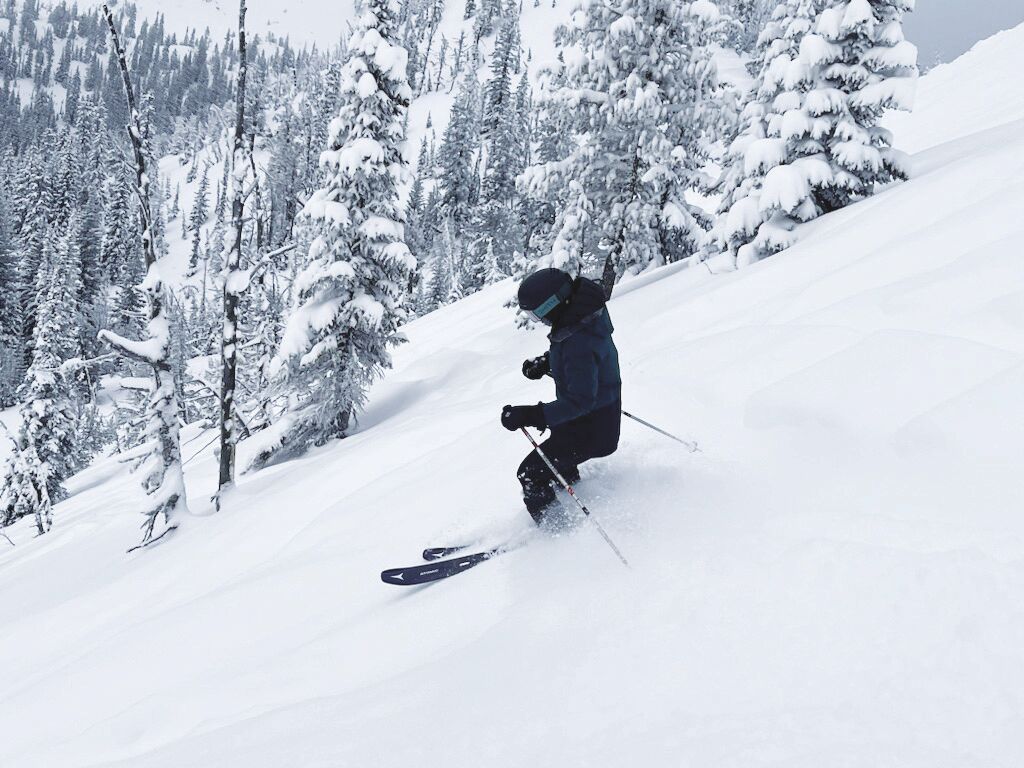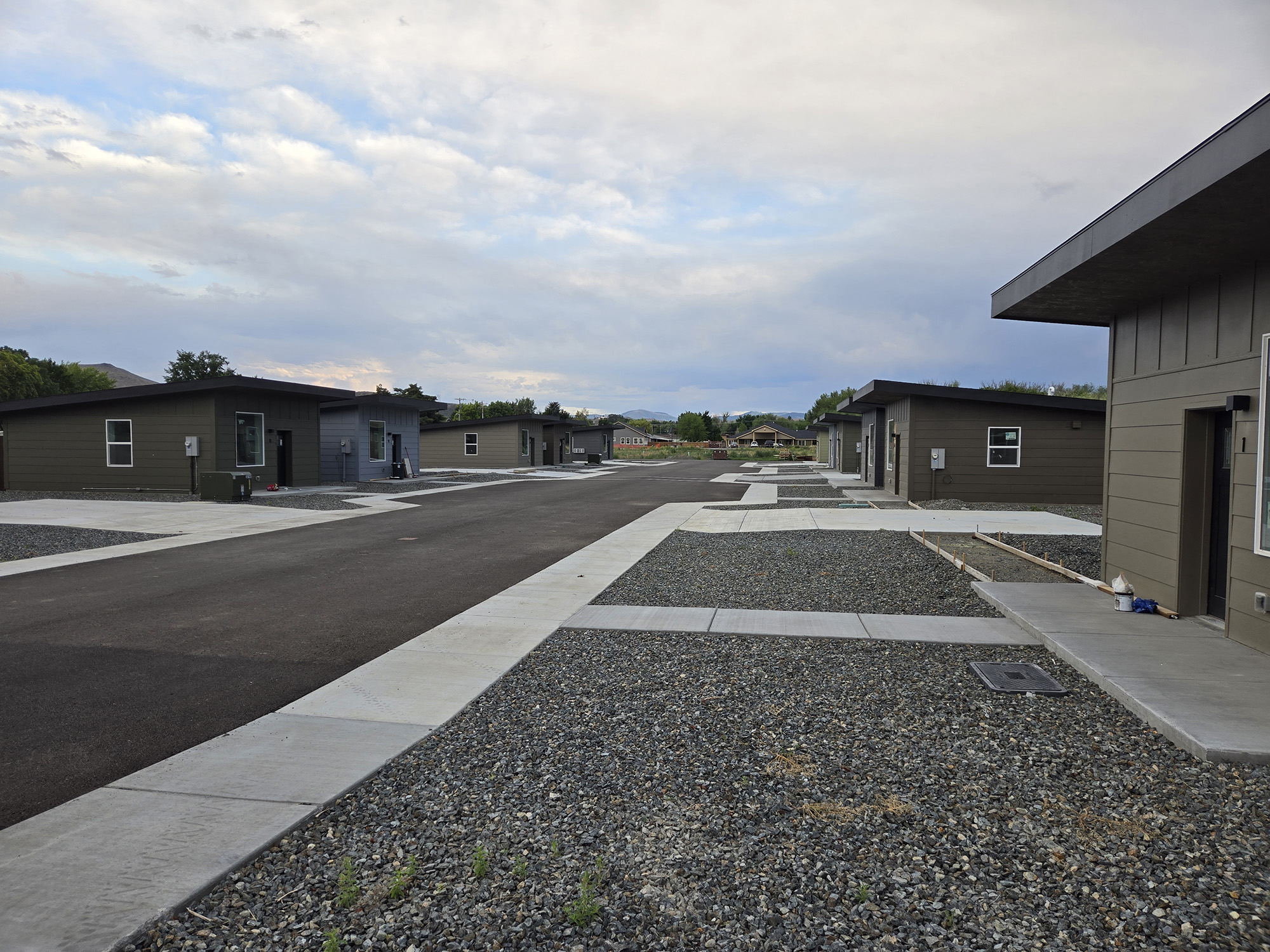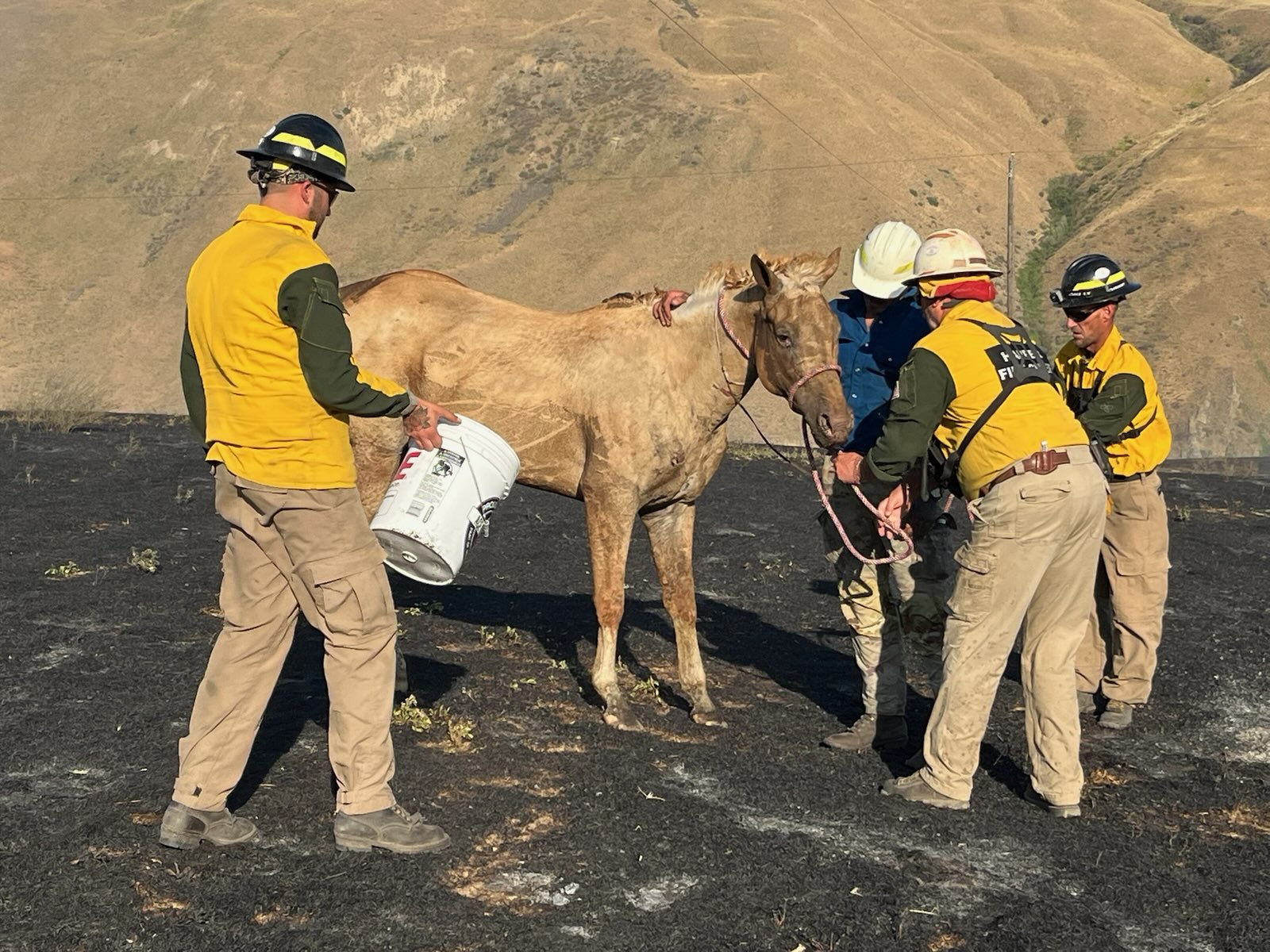COLUMN: Enjoying spring’s beauty in a responsible way
Published 9:45 am Saturday, April 18, 2020
I went for a walk on the warmest day of the year and the mild April sunshine felt so fine on my cheeks, and so familiar, that for a few moments I could believe that this spring was proceeding in the normal way.
Trending
But then a car went by and I noticed the driver was wearing a face mask.
This sight, which a month ago would have been so atypical that I likely would have given myself a literal pain in the neck as I swiveled my head to confirm what I thought I had seen, today is commonplace.
That brief glimpse of a masked face jolted me from my daydream and into the less pleasant realm of reality.
Trending
Yet the good tidings of taking a stroll on a balmy spring afternoon lingered, and within a few blocks I felt again a surge of optimism.
I passed one yard where the sun-warmed violets spangled the new green grass with purple and perfumed the air with their inimitable aroma.
I had to duck my head a few times to avoid dangling tree limbs heavy with buds.
And when I started west toward home the great wall of the Elkhorns came suddenly into view, solidly white in a way unique to early spring, before the snow has begun to slough off the steepest spots, exposing the dark stone beneath.
I had for the first time in months left both my fleece and down jackets home, draped over one corner of our lodgepole pine bed frame. But still a thin film of sweat dampened the back of my neck.
In July this would be an unpleasant sensation. But in early April it’s a benign one — you need only step into a patch of shade, or turn your back on the gentlest zephyr, to feel the instant soothing balm.
As I reached the last block it struck me that much of what I had experienced over the past hour — the violets and the sunshine and the towering mountains and the beads of sweat — was tangible proof that this virus, terrible though it is, lacks the power to sully so much that is good in the world.
Those microscopic particles can’t prevent the changing of the seasons, can’t impede the warmth of the westering sun after the persistent chilly period that is a Baker County winter. They can’t stop the violets from blooming, can’t block the buds from erupting at the tips of the willows and the birches and the maples.
Nothing, of course, can erase the tragedy we are living through.
We can’t replace the lives lost.
We might struggle for many months to resurrect our economy.
Our students can’t make up the hours they lost with their teachers and their classmates.
But I believe it is no small thing to be able to smell violets, to let sunshine soak into your pores, to gaze at grand peaks, aloof and massive and, from our puny perspectives, all but eternal.
0 0 0
When it comes to social distancing I’m akin to a 5-year-old practicing the crucial “did you look both ways?” mantra before trying to cross the street.
Or a soldier on sentry duty.
Once I leave the secure confines of my property my head is on a swivel, alert to all possible incursions on the 6-foot gap.
But it seems to me that state officials have either lost, or purposely set aside, a reasonable perspective about what’s necessary to comply with this important guideline.
I received an email the other day from the Oregon COVID-19 Emergency Coordination Center-Joint Information Center — which is enough syllables to leave somebody wheezing even if their respiratory system is otherwise hale and hearty.
The email started with this anthropomorphic admonition: “Message from the outdoors to Oregonians: stay home for now.”
On its face this is sensible enough.
Staying home is indeed an effective way both to reduce your risk of being infected with coronavirus and of spreading it to others, should you be an asymptomatic carrier of the virus — as some of us undoubtedly are.
What bothers me about this message is that it’s inconsistent.
Although the government is urging me to stay home and to eschew visiting the millions of acres of public land with which Oregon is so fortunately endowed, it deems acceptable “walks or jogs in your neighborhood while maintaining physical distance.”
It happens that over the past month I have walked in my neighborhood on more than a dozen days (I avoid jogging unless facing an imminent attack from a snarling dog or other potentially painful encounter).
I have also hiked on several days on public land in Baker and Grant counties.
And not surprisingly, given the difference in population densities between a city and the woods, I saw quite a lot more people when I was heeding the state’s advice than when I was not.
In other words the state’s suggestion made it harder, not easier, to keep my distance, as it were.
Now I understand that dispensing advice to 4 million people, in the 10th-largest state by size, is by necessity a matter of generalization, and one that can’t reflect equally every circumstance.
And certainly there are places — I’m thinking here of the narrow, cliff-clinging hiking trails in the Columbia Gorge — where it would be impossible to maintain social distancing without someone having to leap to their death. And those trails happen to be within an hour’s drive of the homes of a couple million people. The potential conflicts are obvious, as is the wisdom of the state’s advice. I understand why the Forest Service has closed public land in the Gorge.
Still and all, I wonder whether state officials recognize that in much of Oregon, public lands are a better — which is to say easier, and safer — place to get outside and practice social distancing than a neighborhood is.
Jayson Jacoby is editor of the Baker City Herald.









